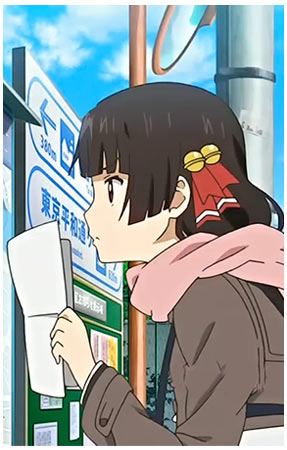Coming to Japan meant getting used to many things. Canned coffee, or corn and mayonnaise on pizza. Rooms that were often cold in winter, as Japanese homes lack American-style central heating. Also, the very idea of going to a place by looking up an address had to be thrown out the window. Except for certain major thoroughfares like National Road 17 which takes you to Tokyo, or the Prefectural Akagi Road which meanders up picturesque Mt. Akagi, roads in Japan lack names of any kind and are usually referred to abstractly, e.g. “the road between the elementary school and the convenience store.” Adapting a French model, Japan breaks their land into prefectures (ken), cities (shi), and towns (machi or cho), with the towns divided into smaller blocks like 3-chome (third block), and so on. A Japanese address looks something like “Gunma-ken Isesaki-shi Sakura-cho 2-19-15,” but if you ever try to visit a place based on this information you’ll be driving around in circles, as the only people who can make sense of a Japanese address are postal workers. Instead, to find a given location you nearly always need a map, which is why most every printed advertisement will have a map indicating how customers can find the business. (Car GPS systems are also a very nice thing to have when driving in Japan, and I won’t drive without one). In the new anime Onii-chan Dakedo Ai Sae Areba Kankei Nai yo ne (which you can remember using the short name of OniAi), Akiko wanders around Tokyo trying to find the house where her oniichan lives in, eventually asking a policeman to help her find it.

You definitely need a map to get anywhere in Japan.















